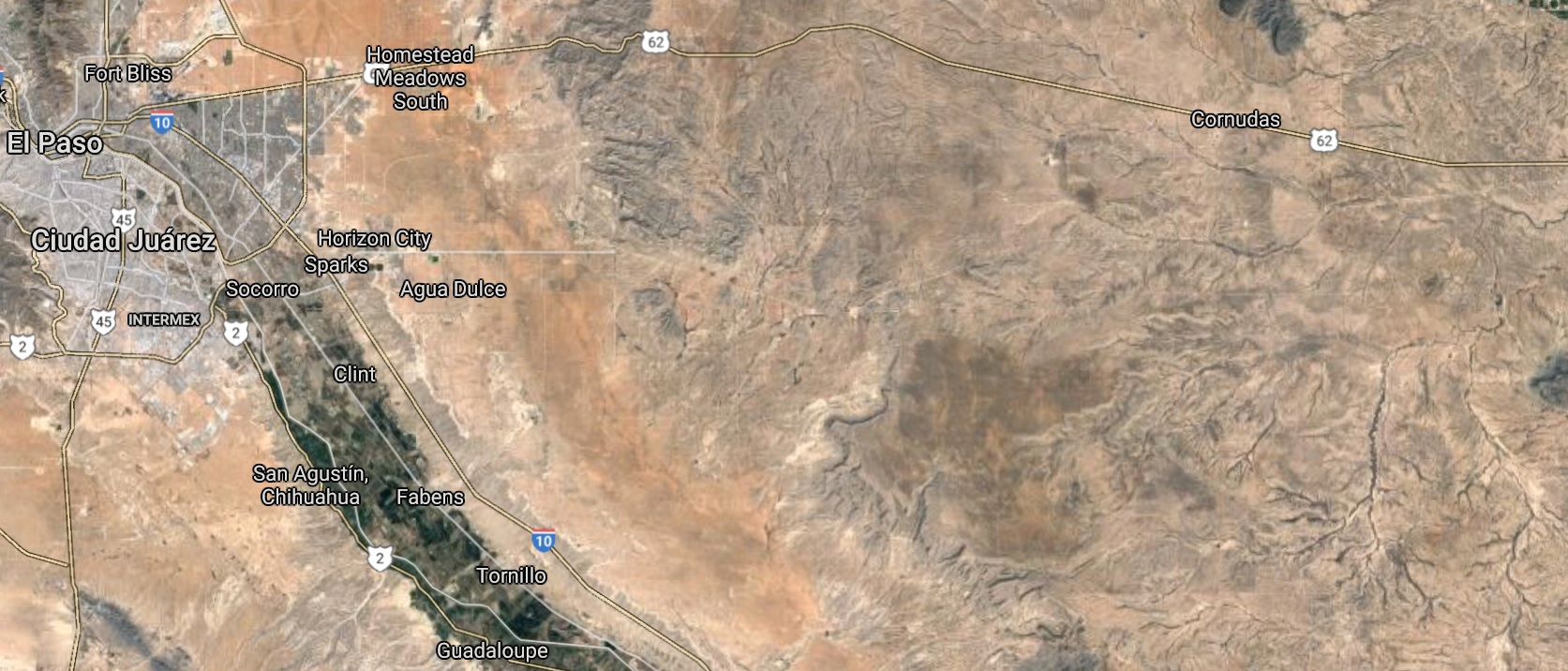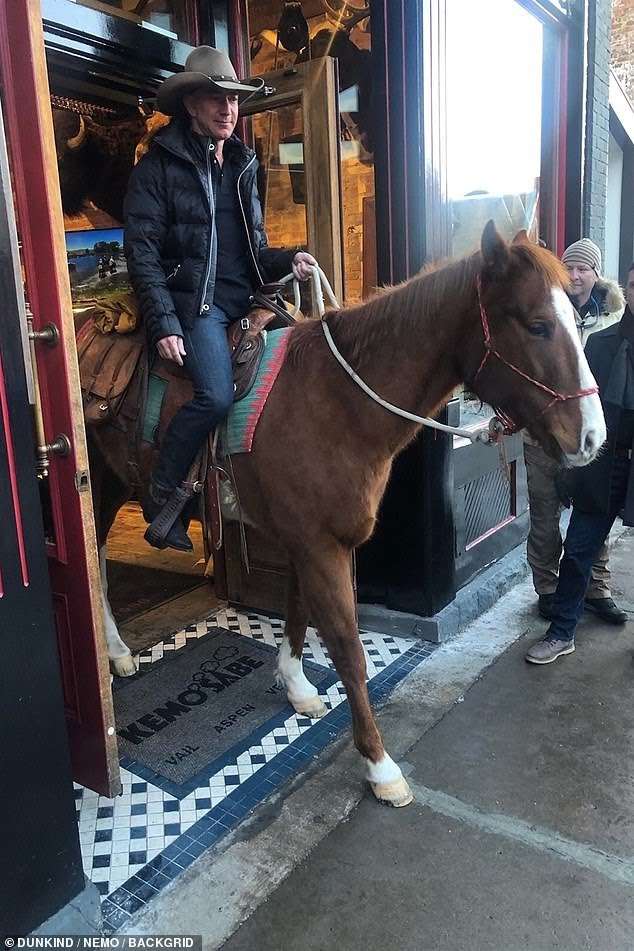I pity any state where Bezos has physical dealings in. His plan is to replace your favorite grocery store with his, he's already a big player in auto parts, prescription drugs, health insurance etc... He wants everything Amazon, for a man that made $321 million a day last year, some reports has him at $460 million a day for 2020 he may achieve that unless Congress steps in and I don't see that happening anytime soon.
News reports late last year said Amazon was planning new Whole Foods stores in underserved areas across the U.S., especially in the suburbs and rural areas, to take advantage of its growing Prime Now membership base. Amazon last year said it had more than 100 million Prime members.
Over the past year, Amazon pulled more cards from its sleeve in defining an omnichannel strategy with a fuller array of physical touchpoints. The “physical store” unit at Amazon now includes 476 Whole Foods Markets, nine Amazon Go convenience stores, 18 Amazon Books stores, three Amazon 4-Star outlets and 87 Amazon Pop-Up sites (boutique stores). In 60 metropolitan markets nationwide, the company offers two-hour grocery delivery through Prime Now, and pickup in 20. But that’s just the beginning.
In early 2019, reports emerged of a major growth spurt for the Whole Foods brand, with Amazon giving the green light to new locations in new states and suburbs. Rumors persist that “second generation space” from abandoned Kmart and Sears department stores might serve as co-location opportunities for warehousing and storefronts built together in a further mingling of the Amazon and Whole Foods brands. With the overall culture shift to e-commerce.
In addition to the growing number of stores and store concepts now in market, Amazon also course corrected the Whole Foods brand by abandoning the 365 store format (small grocery stores)
Accordingly, Principe sees more core stores as a great idea, but he’s quick to point out that Whole Foods is but one weapon in Amazon’s brick-and-mortar arsenal. Analysts expect 3,000 Amazon Go cashierless stores by 2021. It’s this everything-happening-at-once that ultimately stands to disrupt grocery, and only a player like Amazon can execute it at scale.




















































